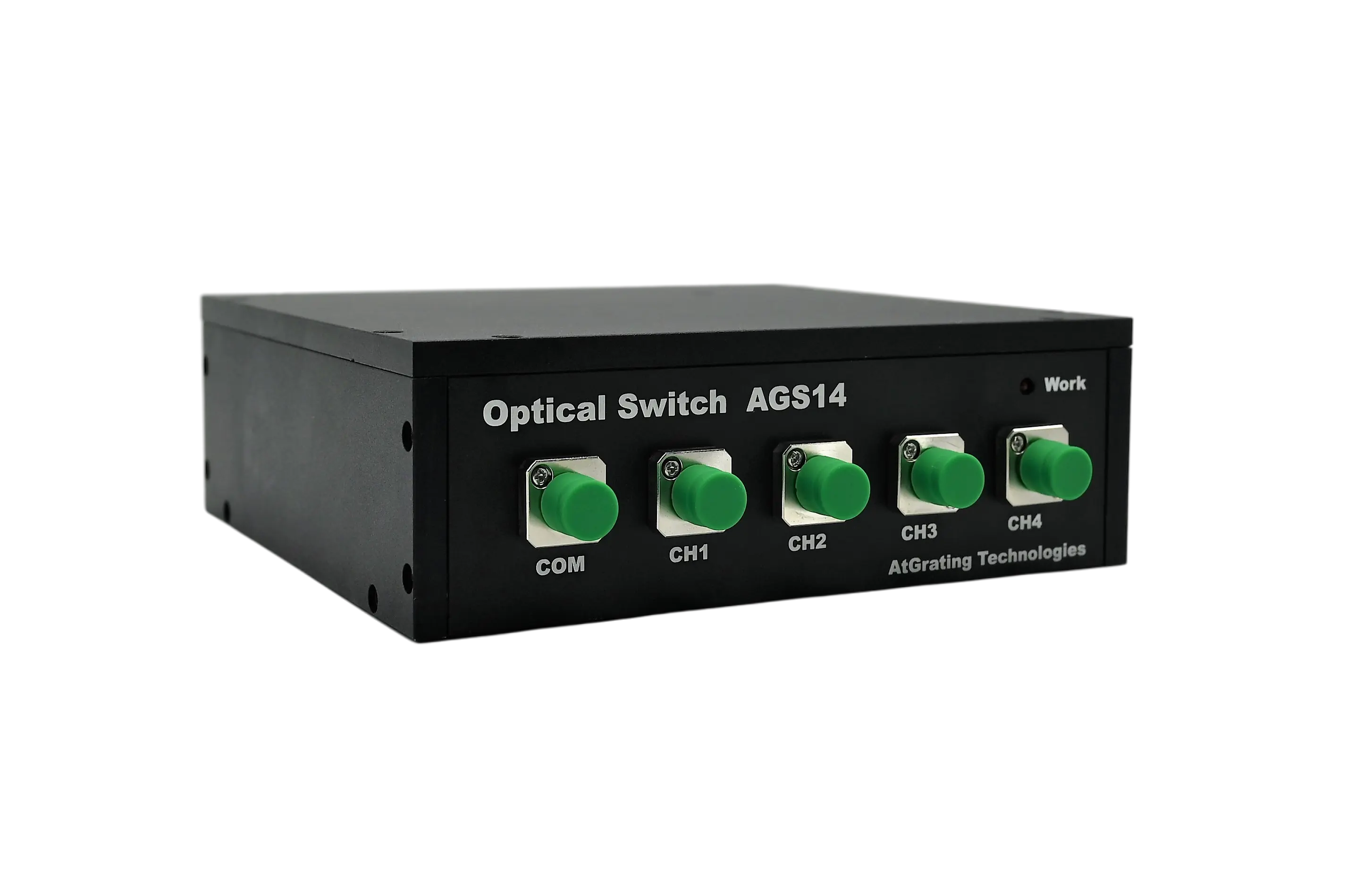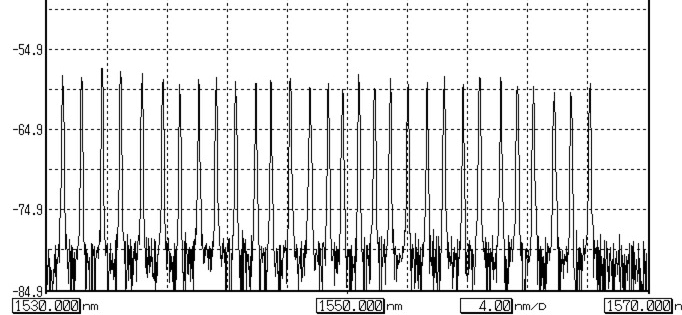DAS distributed acoustic sensing is a fiber-optic-based optoelectronic device that measures acoustic interactions along the length of a fiber-optic sensing cable. A distributed acoustic sensing system is unique in that it provides a continuous (or distributed) temperature distribution along the length of the sensing cable, rather than at discrete sensing points.

Typically, DAS technology uses standard telecom fiber optic cables and only requires specialized fibers at high temperatures. Sensing fibers are usually based on single-mode fibers, although there are some specialized applications that use multi-mode sensing fibers. Each interrogation unit of a DAS acoustic sensing system usually has 1 or 2 channels that can operate simultaneously, eg DAS can measure up to 100km, and a 2 -channel unit can measure 50km in either direction.
The DAS acoustic sensing interrogation unit transmits laser pulses into the fiber. As this light pulse travels down the fiber, interactions within the fiber cause light reflections known as backscattering, which are determined by tiny strain (or vibrational) events within the fiber, which in turn are driven by localized acoustic energy caused. This backscattered light travels up the fiber to the interrogation unit, where it is sampled at the Rayleigh frequency. The time required for the laser pulse allows backscatter events to be accurately mapped to fiber distances.
The spatial resolution is mainly determined by the duration of the transmitted pulse, and the amount of reflected light is proportional to the pulse length, so there is a trade-off between spatial resolution and maximum range. To improve maximum range, it is desirable to use longer pulse lengths to increase reflected light levels, but this results in greater spatial resolution.
Brillouin-based systems are commonly used to measure distributed strain and temperature. Brillouin scattering is much weaker than Rayleigh scattering, so reflections from multiple pulses must be added together to be able to measure. Raman-based systems are typically used for temperature measurement, and DAS acoustic sensing systems are typically based on Raman technology. Raman scattering is even less intense than Brillouin scattering, so averaging over many seconds or even minutes is often required to obtain reasonable results. Therefore, Raman-based systems are only suitable for measuring slowly changing temperatures. Signal Processing and Visualization Since distributed acoustic sensing systems generate large amounts of data, it is critical to have a strategy for management, processing, and data visualization.
Typically, the interrogation unit is networked with a processing unit that manages data storage and processing. Typically, there is a rolling buffer for storing raw data, since there is little to store more than that. The processing unit is programmed with a series of intelligent algorithms that interpret the raw data and analyze whether it matches a predefined event, such as an intrusion event or a pipeline leak. Fiber optic sensing cables will be divided into zones, where a specific choice of algorithms will be selected and alarms assigned within each zone.

